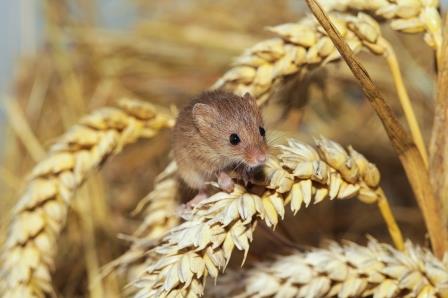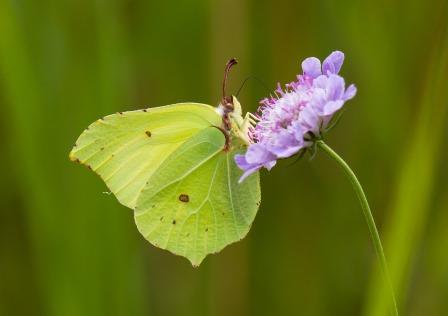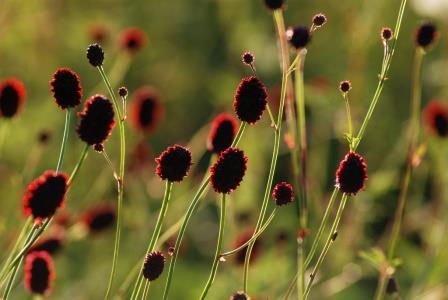News
Newly Revised Farming & Wildlife Handbook
WildCRU are delighted to have partnered with Agricology to share Ruth Feber and David Macdonald’s newly revised conservation handbook for farmers. Between now and the end of May, Agricology will be publicising chapters from the handbook – an exciting opportunity to reach the wider farming community! Wildlife and Farming: Managing for Nature on Lowland Farms is a practical handbook, providing information and advice to practical people. The question it answers is a crucial one: how to conserve wildlife on working farms.
British farmers have always aspired to be custodians of a countryside that provides the nation with food security alongside vibrant wildlife and an inspiring landscape. Thirty years ago, led by David Macdonald, WildCRU set out to provide scientific evidence that would help farmers and practitioners deliver that vision. Our purpose was to work with farmers, not against them, to foster the sort of countryside that society values. So, we began by seeking farmers’ opinions and ideas for how better to integrate wildlife on farmland and to learn about their problems with wildlife. This down-to-earth approach reflects the WildCRU’s mission, which is to achieve practical solutions to conservation problems through original scientific research.
Since then, WildCRU’s farmland research has ranged from the microcosmic to entire landscapes, from individuals to populations, with projects on wildlife as varied as beetles, bats, toads, hedgehogs and dragonflies, and habitats from ponds to rivers, set in fields, hedgerow and woodland. The dedicated WildCRU team have radio-tracked wood mice in the dead of night, scoured muddy ditches for invertebrates, surveyed miles of riverbank for elusive water voles, crawled along hedgerows hunting caterpillars, identified countless spiders, and recorded hundreds of thousands of plants, all in the name of science! Our journey began with large scale experimental studies of field margin management at Wytham, near Oxford, then took us to field-scale experiments with set-aside, farm system comparisons of conventional and organic farms, to landscape-scale research on the Chichester Plain and across the Upper Thames. The over-arching purpose has been to fortify the evidence base for managing outcomes, including careful consideration of the implications for agricultural development for natural habitats, biodiversity, and the provision of essential ecosystem services.
In the illustrated handbook, our aim has been to highlight, in an accessible, concise and colourful way, some of WildCRU’s findings along that journey, while at the same time synthesising the most up-to-date knowledge of wildlife and habitat conservation on farmland. The handbook is simple to use. There are nine chapters on habitats and nine on wildlife groups. Each chapter briefly summarises information on each habitat/wildlife group, making key points leading to a management summary and sources of more information. The handbook was revised in 2017 to include lists of relevant Countryside Stewardship options for each habitat/wildlife group. Each chapter has two feature Boxes giving WildCRU research highlights.
We acknowledge and thank the many colleagues whose excellent work in diverse institutions underpin the advice and information given in the handbook. We have worked closely with government and non-government organisations, amongst them the Wildlife Trusts, Defra, Environment Agency and Natural England – we thank them, acknowledge warmly their input, and we are indebted to the Rivers Trust, the Holly Hill Charitable Trust, Natural England and the Daylesford Foundation for their generous support.
For anyone who would like to read in more depth more about WildCRU’s work on farming and wildlife, we have also published two academic volumes which synthesize more fully the results of our studies over the last 30 years: Wildlife Conservation on Farmland.
-
 Harvest mouse © Natural England, Allan Drewitt
Harvest mouse © Natural England, Allan Drewitt -
 Brimstone © Natural England, Allan Drewitt
Brimstone © Natural England, Allan Drewitt -
 Great burnet © Natural England, Peter Roworth
Great burnet © Natural England, Peter Roworth





